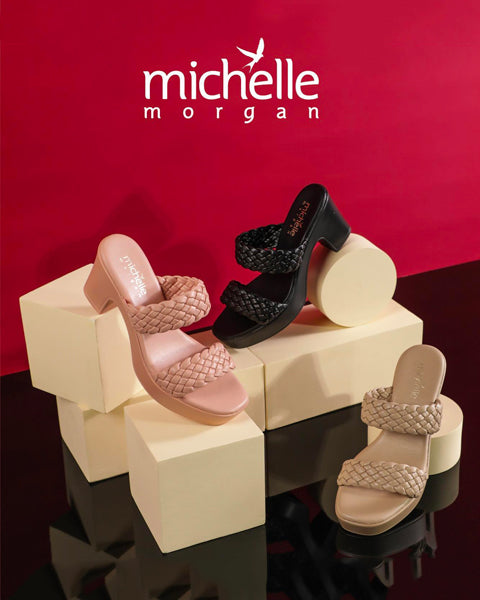Are you looking for a pair of sturdy work boots?
One of the first decisions everyone has to make when choosing a new pair of safety shoes is whether to go with a steel, composite, or alloy toe - basically a cap at the toe which protects the feet in extreme environments.
While all three materials offer good protection and safety, they also have their own set of perks and limitations. In this article, we'll go through the variations in each safety toe and help you decide which one is ideal for you. So, let's dive in.
Alloy Toe
The alloy toe is the most popular safety toe, all thanks to its comfortable design. It is made from lightweight materials like titanium and aluminum. But don't let that fool you; alloy toes are as strong as steel.



Advantages
- Alloy toes are 30-50% lighter than steel
- They offer significant toe room
- They are notably thinner than steel toes
- They are more durable than composite and steel toes
- They can withstand more impact
Disadvantages
- Alloy toes are more on the expensive side
- They can be inconveniencing as they set off metal detectors
- Inappropriate for workers in the electrical field as they conduct electricity
Steel Toe
A steel toe work boot is a classic design that has been in the market for over 80 years now. It comes with a toe box designed with heavy-duty steel that protects your feet from falling and crushing objects. The steel toe work boot is the ideal choice for workers in the transportation, construction, and manufacturing industry. The best part is that these work shoes have been highly rated for protection and come at a reasonable price point.



Advantages
- Reasonably priced
- They are more robust than composite toes
- They offer the strongest and most reliable protection
Disadvantages
- They conduct cold in winter and the colder months
- They set off metal detectors just like alloy toes
- They tend to be on the heavier side
- Steel toes also conduct electricity; hence not the ideal choice for workers in the electrical field
- They can be uncomfortable due to the smaller toe box
Composite Toe
If you need a moderate level of protection on the field, composite toe boots are the ideal choice for you. While the composite toe passes all standards, it doesn't match up to alloy or steel toes. The composite toe is mainly made of non-metal materials such as fiberglass, plastic, or carbon fiber.



Advantages
- The composite toe has thermal insulation hence ideal in high or low temperatures
- They are 30% lighter than the steel toes
- Bad conductors of electricity hence can easily pass metals detectors
- Ideal for workers in the electrical field
- They are lighter hence provides the wearer anti-fatigue benefits
Disadvantages
- They are less sturdy as compared to alloy and steel toes
- They are unable to endure a lot of impact
Which One Should I Choose?
Everything depends on your preferences for your job. For example, If you are in the electrical department, composite toe boots are the ideal choice. On the other hand, you can go with the alloy toes or steel toes if you work in construction sites.









1 comment
MD Belal Azmi
Good
Good